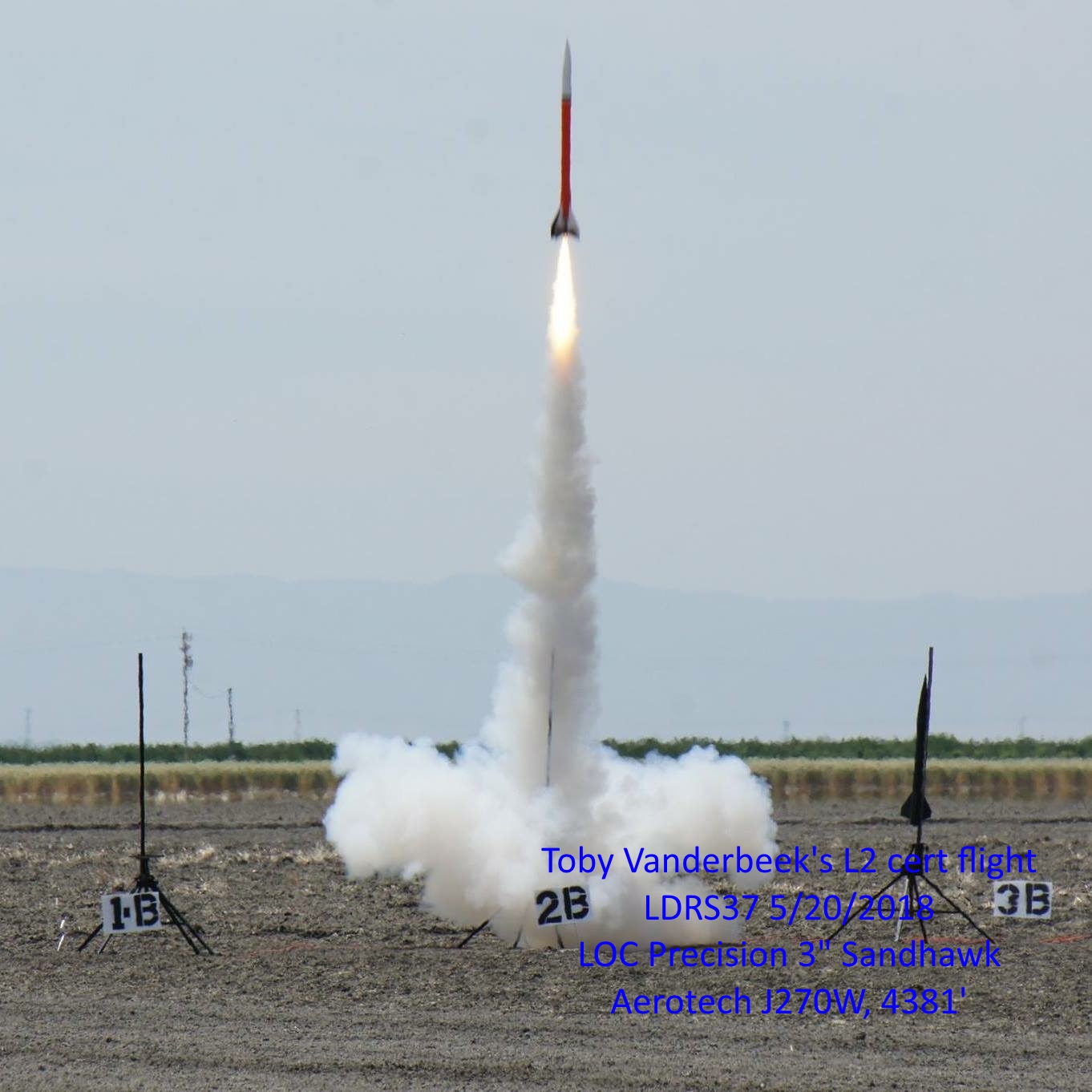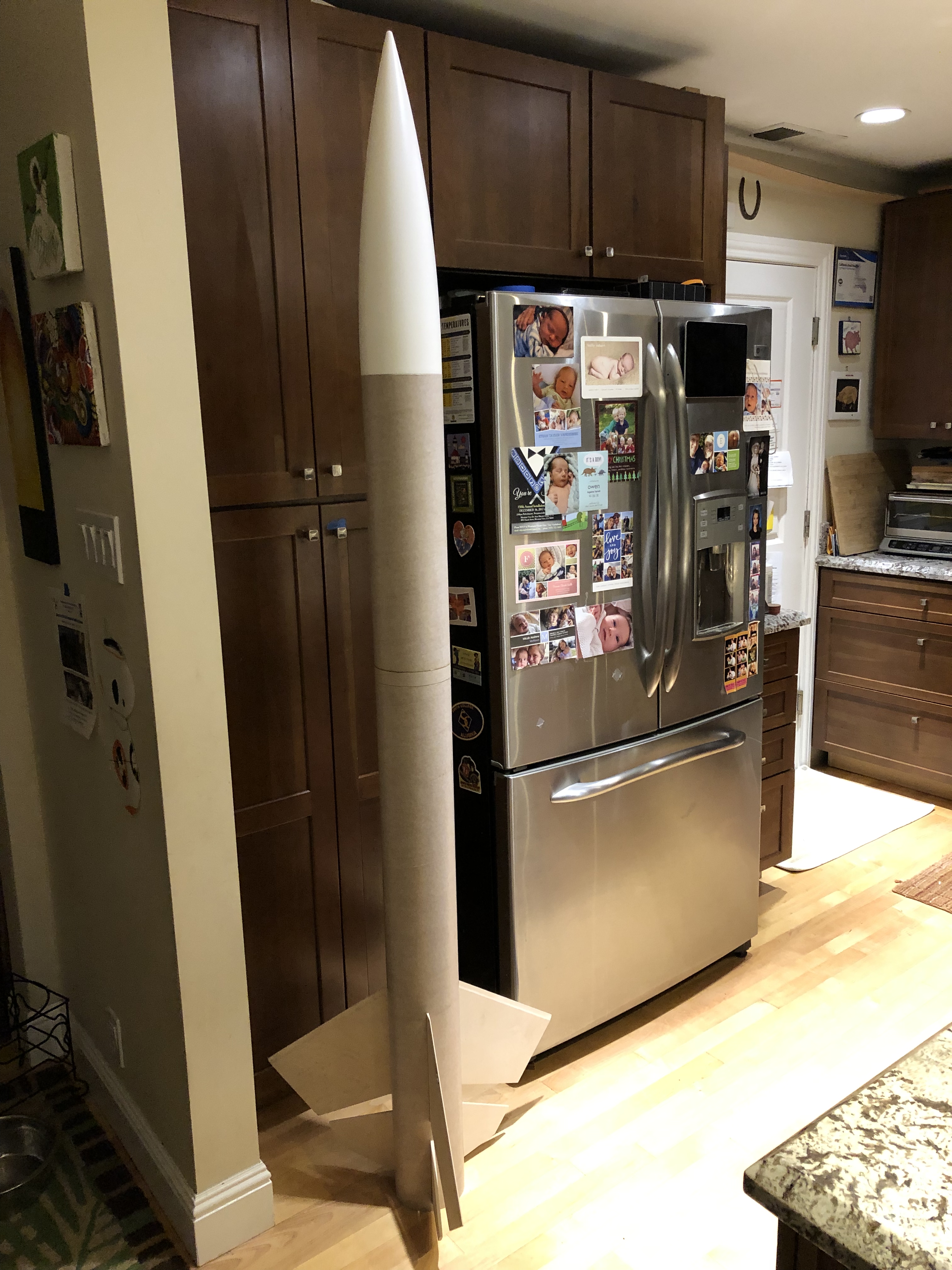Last night I decided to do some more work on the Sandhawk after the 10 month old daughter went to bed. I drilled a hole just above the middle centering location, then I injected 10ml of epoxy into the hole, twisting the airframe at an angle as I injected it. I then slowly rotated the airframe, while still holding it at an angle, to make sure that the epoxy evenly coated the entire airframe/centering ring mating surface. I then added cabosil to the remaining epoxy, and used the thick mixture to plug the hole.
Another batch of epoxy was mixed up, and was painted on the inside of the airframe, coating the entire area above the forward centering ring. A Madcow 5.5” filament wound couple was then inserted fully, butting up against the top of the centering ring.

Of course this morning, after the epoxy was cured over night, I had to test for the Y harness that was made for this project by Teddy at OneBadHawk.
Next, I drilled the hole for the forward rail button, and tapped the coupler for the screw. The inside of the coupler will see the end of the screw faired over with epoxy, as it doesn’t stick out much at all.

The airframe was then turned over, and I locked the aft end of the aft centering ring in with epoxy, I also installed the mounting spacers for the thrust plate at this time.

Finally, I started work on the tracker bay for the nosecone. For this, I will be using a short length of 54mm fiberglass tube, a wood centering ring, a fiberglass centering ring, and a fiberglass bulkhead. I lined up the two centering rings with the bulkhead plate, and clamped them together and drilled four holes for screws. I then pulled them apart, and installed threaded inserts into the wood centering ring.


Next, the centering rings will be epoxied to the section of 54mm tube, then the nosecone assembled. I do have a question, though. For securing the nosecone to the recovery harness, I was planning on using a u bolt secured to the main G10 centering ring. But now I am wondering if I just add 4 more screws to the assembly, and use a forged eyebolt, if that would be strong enough to use as my primary attachment point? The only loads on the nosecone will be the nosecone itself.
I realized I do not have enough epoxy left for the fin fillets, so I ordered more from US composites, but it will not arrive for 10 days, so I think I will start working on the avionics bay next, while I wait for the shipment to arrive.
(44" drogue, 15 ft flare chute main.)


































